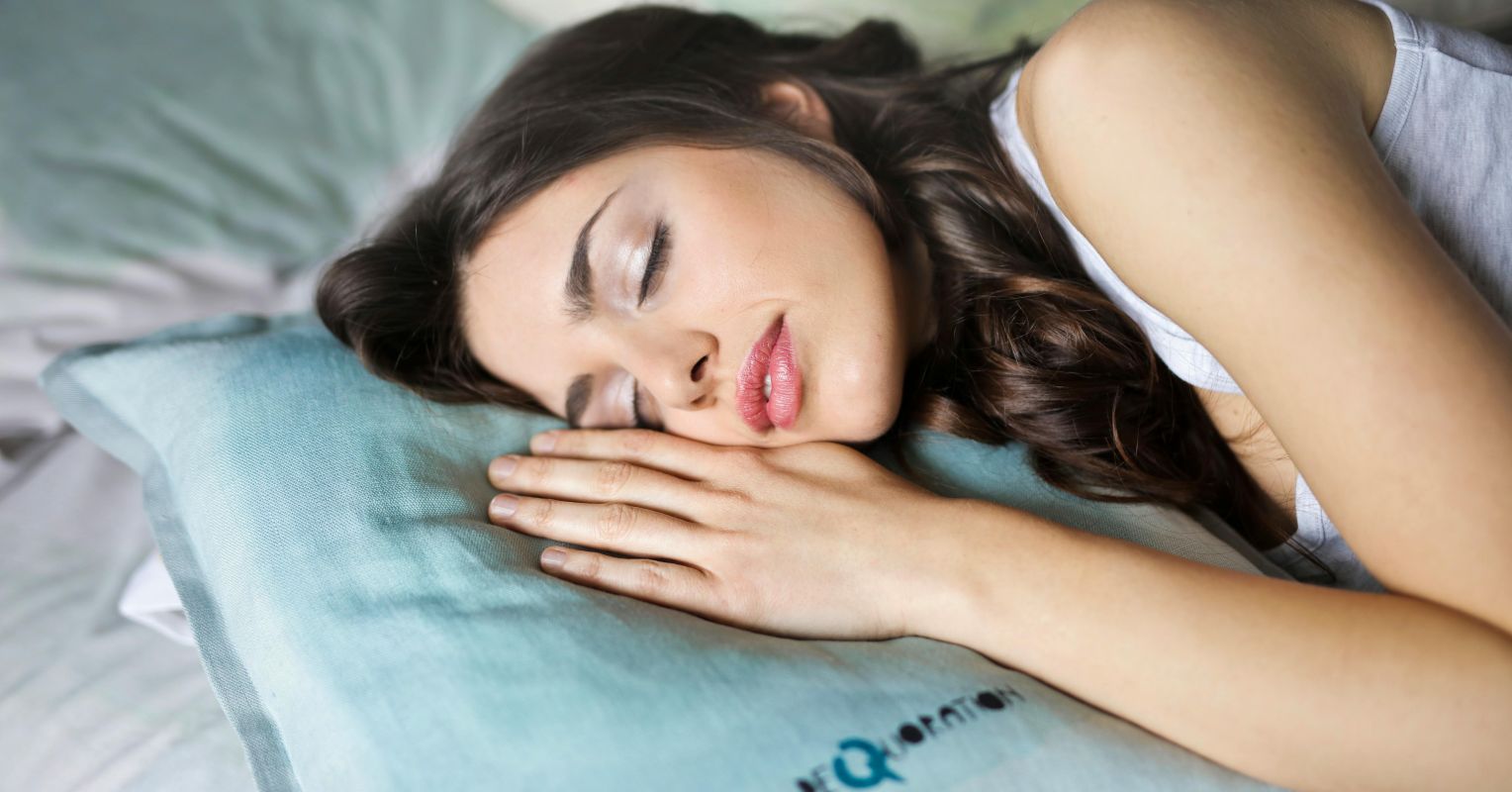
Lucid dreaming is a mysterious state of consciousness in which a dreamer becomes aware that they are dreaming. Many of us have experienced this at one time or another, but for some people, lucid dreaming is a desired skill that they train to do. People have used lucid dreams to train a new skill or to rehearse a future event. Researchers are interested in lucid dreaming because it provides a way to scientifically study dream content in real-time, without relying solely on dream journals produced retrospectively after the fact.
Scientific research on lucid dreaming took off in the 1980s by psychologist and expert lucid dreamer Stephen LaBerge, who developed techniques for lucid dreamers to communicate with the outside world. Since lucid dreams occur during the rapid eye movement (REM) stage of sleep, much of the dreamer’s body is paralyzed, so even if a dreamer is perfectly lucid, it can be difficult for them to exert control over their body to signal their conscious state. LaBerge demonstrated that despite this paralysis, lucid dreamers could generate signals by deliberately moving their eyes in previously agreed-upon ways.
Communicating With the Outside World During a Dream
Since LaBerge’s early work, follow-up research has confirmed that expert lucid dreamers can not only signal their lucid state via fist clenching and deliberate eye movements, but they can also (in some cases) answer simple questions being posed by an experimenter.
A few years ago, Konkoly and colleagues asked lucid dreamers to answer simple math questions (e.g. “What is 2 plus 3?”) by moving their eyes or clenching facial muscles the appropriate number of times. A substantial number of participants responded to the question and initiated responses, and although the accuracy of dreamers’ responses was rather low, the mere fact that they were able to produce answers to the posed questions during sleep confirmed that lucid dreamers can process sensory inputs and provide meaningful responses through eye or muscle movements while in the lucid dreaming state.
A key obstacle in the scientific study of lucid dreaming is how infrequently these experiences tend to occur. Even in “expert” lucid dreamers, these experiences only happen occasionally, once or twice per week. Lucid dreamers can increase the chances they will have a lucid dream by rehearsing a number of techniques, such as doing regular “reality checks” during wakefulness, keeping a dream journal, or developing a habit of entering a “lucid mindset”—a focused awareness of one’s present conscious state during waking hours, which can trigger a similar state during sleep.
Recently, researchers have developed laboratory techniques for increasing lucid dream frequency by pairing specific sensory cues with the intention of entering a lucid mindset during participants’ waking state and recreating those sensory cues during REM sleep. This technique, called Targeted Lucidity Reactivation (TLR) was shown by Carr et al. (2023) to induce high rates of lucid dreaming in both expert and novice dreamers.
Triggering Lucid Dreams via a Smartphone App
In a new study published in this month’s issue of Consciousness and Cognition, Karen Konkoly and colleagues adapted the TLR to a home setting by creating a smartphone app to deliver these sensory cues at home. The app presented a series of tones along with verbal instructions to enter a lucid state.
After several repetitions of the tones and the instructions, only the tones were presented several more times during REM periods. This procedure was repeated every day for a week and compared to a control week where no tones or instructions were presented.
The results were convincing: The average number of lucid dreams in the induction week was approximately 2.1 lucid dreams, compared to 0.7 lucid dreams per week in the control condition (an approximately three-fold increase in lucid dreaming). The researchers replicated their findings in a follow-up experiment where they presented cues every other night and showed significantly more lucid dreams on cued nights compared to non-cued nights.
The study confirms that the TLR technique, developed in a laboratory setting, can be readily translated to home use via a smartphone app. This innovation presents not only an opportunity for people curious about lucid dreaming to train themselves but also provides dream researchers with a promising approach to study lucid dreaming in the general population.
